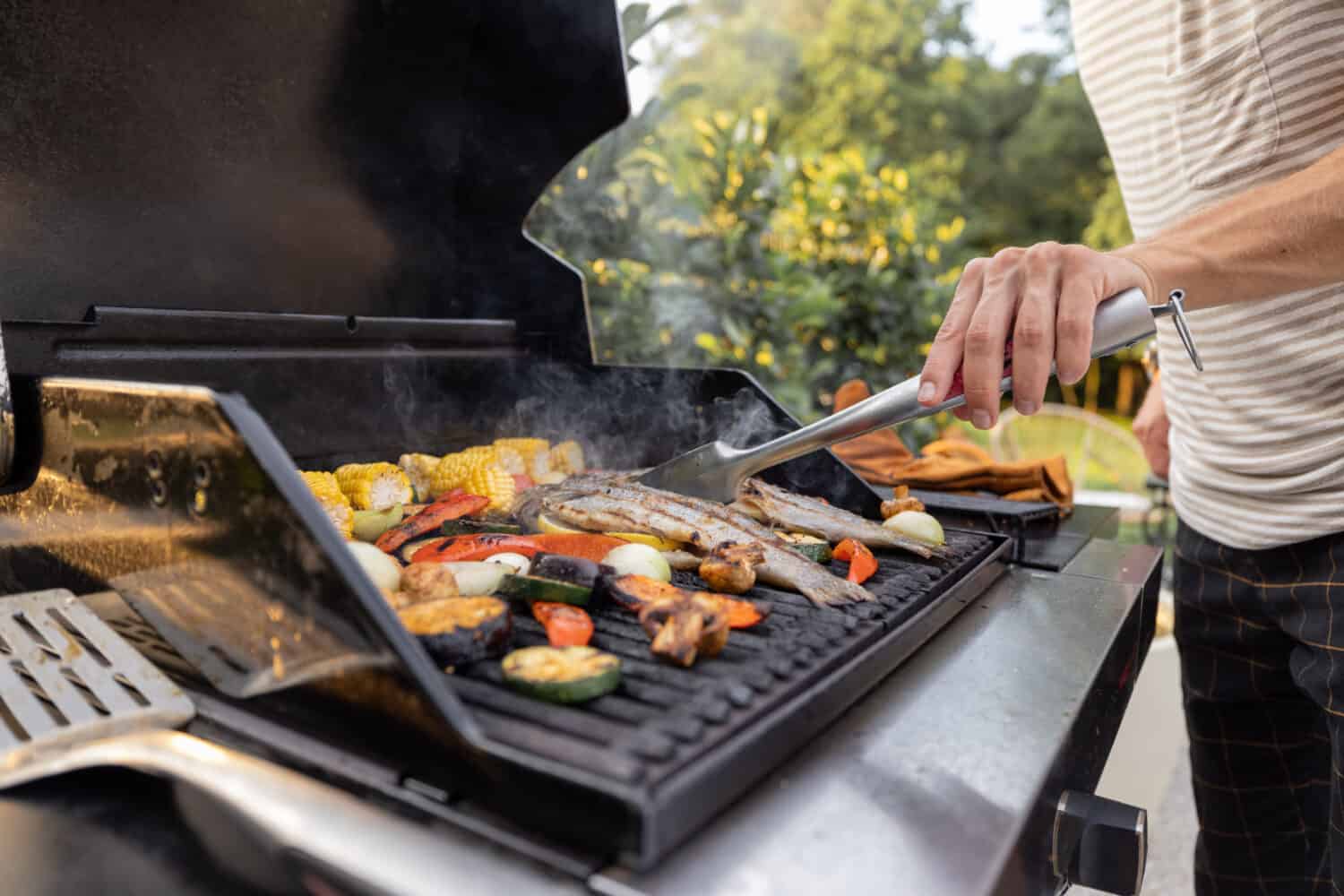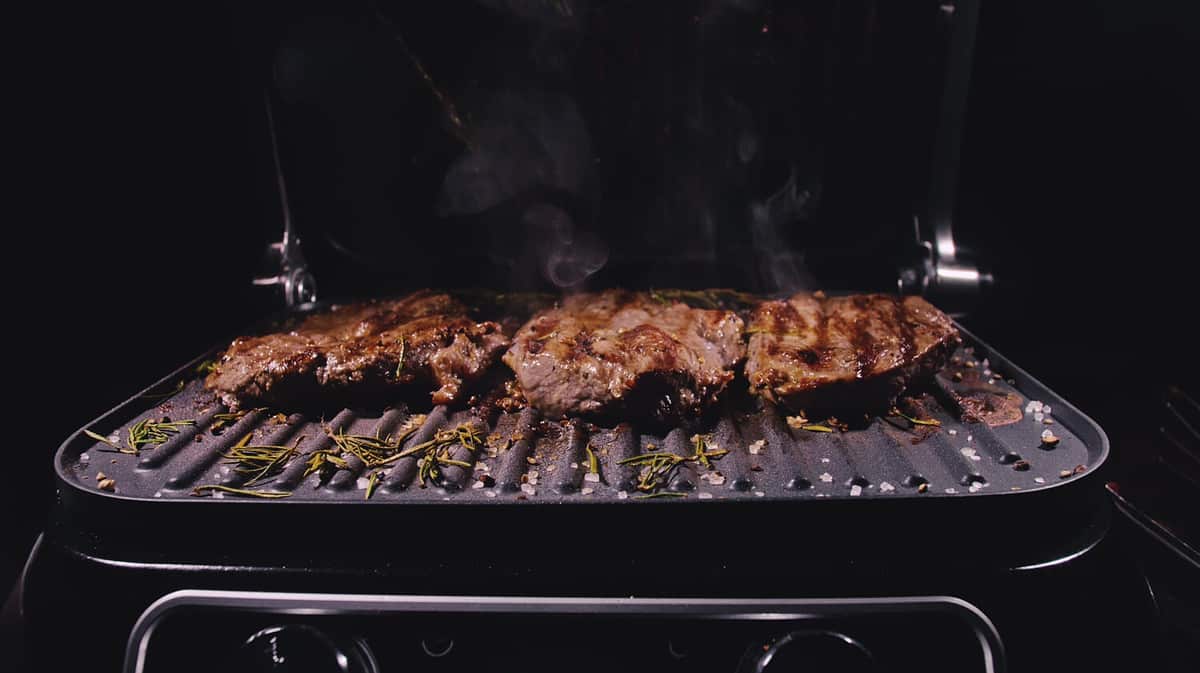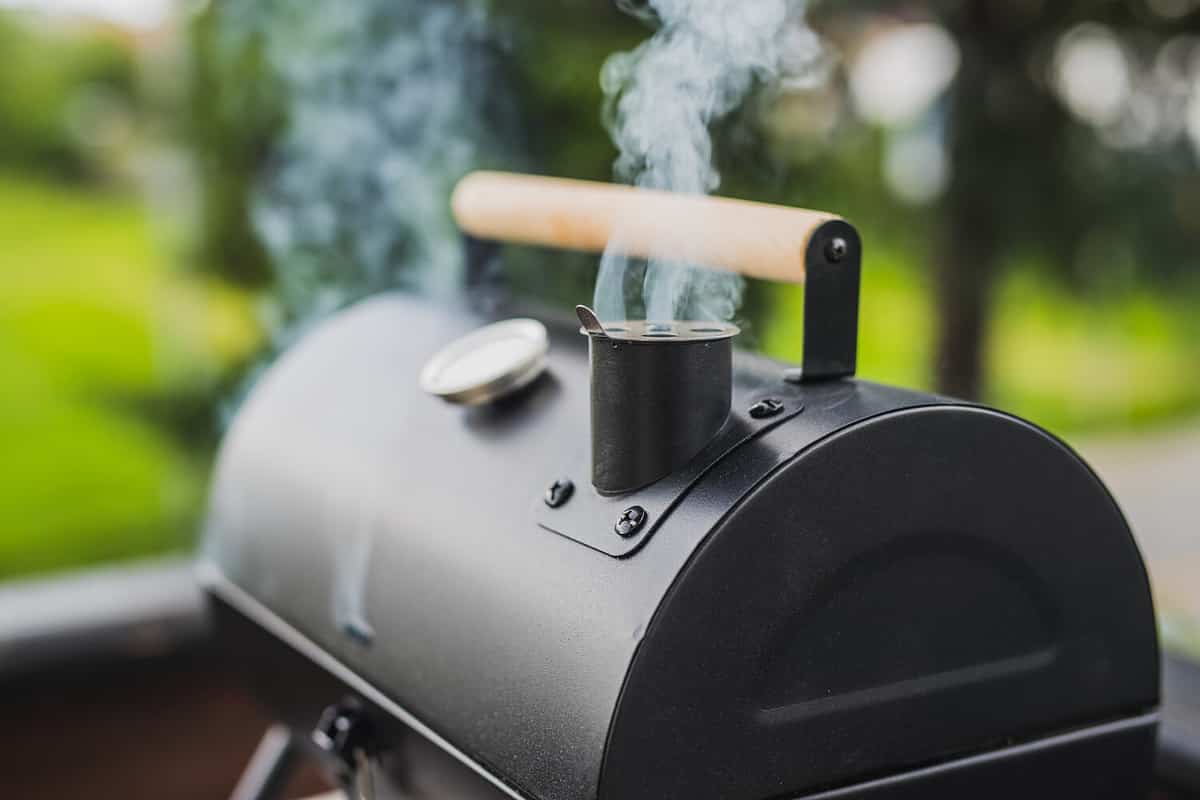

8 Traeger Tips & Tricks to Take Your Grilling to Expert Levels
The Traeger grill has been around since the 1980s, and when it comes to versatility, these grills have really made a name for themselves. Read on to learn Traeger tips and tricks to take your grilling to expert levels. Modern-day Traeger grills offer precise heating and an array of ways to cook your food. According to a Forbes review, the best Traeger grills are capable of much more than just grilling. They can bake, smoke, and sear, all with wood pellets, which adds that phenomenal wood-fired flavoring to whatever you choose to cook.
There are all kinds of features on different Traeger brand grills that are worth checking out, for instance, the “Super Smoke Mode” on the Ironwood XL model. Traeger grills come in an array of different sizes, with differing surface areas, and other value points. For any future Traeger grill owners or current Traeger learners, stick around as we cover some of the best tips and tricks to know before you start grilling on one of these high-quality grills.
In this post, we’ll cover the need-to-know details about Traeger grilling techniques. Learn about some of the history of these high-quality grills, as well as what features to look out for. Get an idea of how to cook different kinds of foods on a wood pellet grill, as well as advice on how to prepare your grill for use during a busy grilling season. On the Traeger website, there is an array of blog posts, and how-to instructions showing lots of features of these great quality grills. But, let’s get into some of the tips and tricks that are really worth knowing as you get started grilling.
History of Traeger Grills
Traeger Grills cropped up around the late 1980s, inspired by indoor heating units. In the 1970s, the price of oil was at an all-time high, due to an embargo. This led to a search for alternative methods of indoor heating. Wood pellet stoves were so popular because they would keep a stove heating at a steady temperature. Joe Traeger, who was in charge of a heating company based in Oregon, began to experiment with creating a system using wood pellets that would be able to cook outside. The first wood-pellet grills were developed which could not only steadily smoke meat, and cook other foods, but also provide that smoky, woody flavoring (via Harvard Business Review).
How Traeger Grills Work
Wood pellet grills work based on the fuel from burning the pellets at a steady rate. Modern Traegers have further automized the system. Simply put the pellets into the hopper, and pick your temperature. The grill will feed itself the amount required for that steady heating, and the smoke and heat from the fire reaches the food on the grill from below. There is also a built-in drip tray which helps to minimize any firey flare-ups while you're cooking on your Traeger grill.

©John Danow/Shutterstock.com
With the steady, measured heat of wood pellets, you can grill, smoke, bake, braise, barbecue, and roast items on your grill top. And, the newest models feature temperature control and digital monitoring. You can trust the grill to cook correctly, simply based on the temperature setting. Some models even have wireless connectivity, which allows you to control the grill from an app on your smartphone (via Traeger).
Traeger Tips & Tricks
Now that we've learned some of the history of these grills, as well as how they work, let's learn how best to use them. The following list features some of the most important tips and tricks to keep in mind for masterful grilling on your Traeger grill.
1. Learn how a wood pellet grill works before using it.
You've already covered a lot of this information in this post, but why not watch a few videos? If you understand what your grill is doing, it'll be easy to be confident in what you're smoking/braising, etc.
2. Seasoning your grill top before smoking with a Traeger can be a good move.
To prepare your grill for smoking meat or other foods, first, you'll want to clean it. The next step is to coat the insides of the grill with a cooking spray, and then to heat the smoker between 2-4 hours. It should get up to around where you'll have it when it's properly smoking. This will streamline your smoking process, protect your grill from rust, and prevent unwanted flavors (via Smoked BBQ Source).
3. Ensure that your grill has enough pellets to last the entire smoking/grilling process.
If you fill it up with too little at the beginning, you run the risk of the fuel dying out midway through! This can complicate the timing and effectiveness of your grill. And, since most Traeger models self-fuel from the pellets you've put into the hopper, it'll only use what it needs. Just be sure it has enough pellets!
4. Know what kinds of things you can cook on your Traeger grill.
According to their website, Traeger grills are best for cooking large cuts of meat, as well as single-serving cuts. Think steaks, cuts of chicken, fish filets, or pork chops. Larger cuts would include ribs or brisket. You can cook vegetables, but usually types like potatoes, squash, and carrots. Essentially vegetables that can withstand some heat. Casseroles do well in Traeger heat as well, just be sure you're using the right kind of heat-resistant pan. And you can absolutely bake with Traeger grills as well. Again, watch the heat, and make sure you're using the right kind of cookware.
5. Experiment with attachable features, or accessories that will expand your grilling abilities.
Ever heard of a smoke tube? This accessory adds more of a smoky flavoring to your food and all it requires is a metal cylinder loaded with more wood pellets or wood chips. There are also grill attachments for cooking pizza in your Traeger, a rotisserie spike, searing plates, etc. Getting to know your grill means trying new things on it, so why not have the right tools?

©Anze Furlan/Shutterstock.com
6. Store your wood pellets in a place they'll stay dry.
While it is an outdoor grill, best not to store the fuel outside unless it'll for sure stay dry. When wood pellets get wet, they swell up. They're harder to burn and may complicate your cooking process. Speaking of wood pellets, there may be a specific kind of wood flavoring you prefer. So, why not try a few different kinds? Just be sure they're 100% wood pellets that you're using for your wood pellet grill.
7. Clean your grill after you've used it five times.
Traeger recommends this "grill refresh," to ensure the longevity and usability of your grill. This involves cleaning the grease drain pan, tempting the grease bucket, wiping down the exterior, cleaning the grill itself, and removing ash from the firepot. For other easy ways to protect your Traeger, invest in a good cover to reduce the chance of water damage if you store it outside. Also, be sure your grease bucket is always stored away from kids and animals, and especially away from any kind of flames when it's not being used for your Traeger grill. You should technically clean your grill grate, or at least scrape it, after every use. Check out their website for a better idea of suggested cleaning schedules.
8. Have fun with it.
While grilling can be intimidating, there are so many resources online, especially for Traeger users. The community of Traeger owners is referred to as the "Traegerhood," and the reason they're popular is because they're honestly pretty straightforward to use. Especially with some of the more updated features, you can trust that your grill is doing its job, and even check on your phone from inside! Learning a new style of cooking with a machine as high-quality and powerful as a Traeger should be fun. You may make a few mistakes, but you'll learn along the way. Welcome to the Traegerhood!